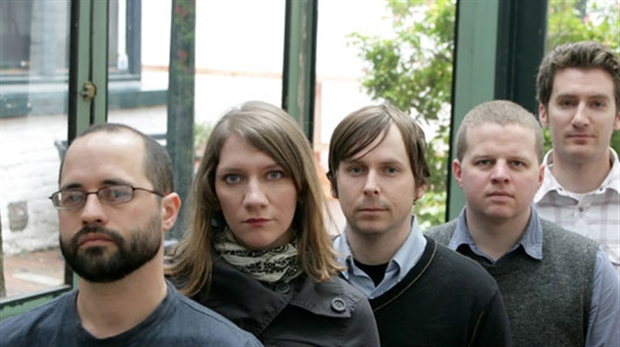
Music performances

In 1960, a then-struggling Yoko Ono invited minimalist composer La Monte Young to curate a series of music performances at the Chambers Street loft she shared with her husband Toshi Ichiyanagi. Powered by a line from next door, and warmed by a gas stove, these pre-Fluxus events included performances by Richard Maxfield, Jackson Mac Low, Ben Patterson, Robert Morris and Henry Flynt, many of whom would later contribute to the seminal proto-Fluxus publication An Anthology. The audience, which included such luminaries as John Cage, Max Ernst, Peggy Guggenheim, Allan Kaprow and Marcel Duchamp, sat on orange crates.
These modest early performances, which often played to near-empty rooms, kick-started the New York experimental music and film scenes, laid the groundwork for Fluxus and eventually altered the course of pop music. Within a few years both Ono and Young would wield an incredible amount of influence over the two most influential rock bands of the 60s, if not ever: respectively, the Beatles and the Velvet Underground.
Ono’s influence on John Lennon is well documented: as muse (is there another songwriter who used his lover’s name as often in song?), as collaborator (more than half the recordings he released outside of the Beatles were made in partnership with Ono) and as artistic influence.
“Imagine, “which routinely tops “greatest-song-of-all-time” lists, should have been co-credited to Ono, Lennon noted in later interviews. Certainly the inspiration comes came from her seminal conceptual book, Grapefruit, a collection of instructional works, many of which begin with the word “imagine” (“Imagine letting a goldfish swim across the sky,” for example). Ono’s influence can be heard on a number of post-punk, new wave records ranging from Lydia Lunch and Diamanda Galas to the B-52s.
In 1962 La Monte Young started a small ensemble called Theatre of Eternal Music, which included his partner, light artist Marian Zazeela, violinist Tony Conrad, violist John Cale, drummer Angus MacLise, trumpeter Jon Hassell, organist-vocalist Terry Riley and others. Cale, Conrad and MacLise would eventually leave to form the Velvet Underground with singer-songwriter Lou Reed. The band’s aggressive sound and its focus on drone-based harmonic structures stem directly from Young’s influence. The name the Velvet Underground came from an S/M novel given to the band’s manager by Happenings pioneer and Fluxus artist Al Hansen (the grandfather of Beck, who continues Hansen’s tradition of collage, but applies it to music via sampling and pastiche).
Young’s influence continued after Reed disbanded the Velvets and went solo. Metal Machine Music, from 1975, is a record that divides fans–a select few believe it is Reed’s most complex work, while others maintain that the four sides of white noise are a hoax, used to sever his record contract. Reed himself argued both positions; the truth is probably somewhere in between. Either way, Reed wears his influence on his sleeve: the record sleeve, where he cites Young’s work as an important predecessor to the recording. Metal Machine Music sold poorly (Billboard magazine review: “Recommended cuts: None”) and many fans tried to return it as defective, but its impact on industrial music and even dissonant pop music is unmistakable.


